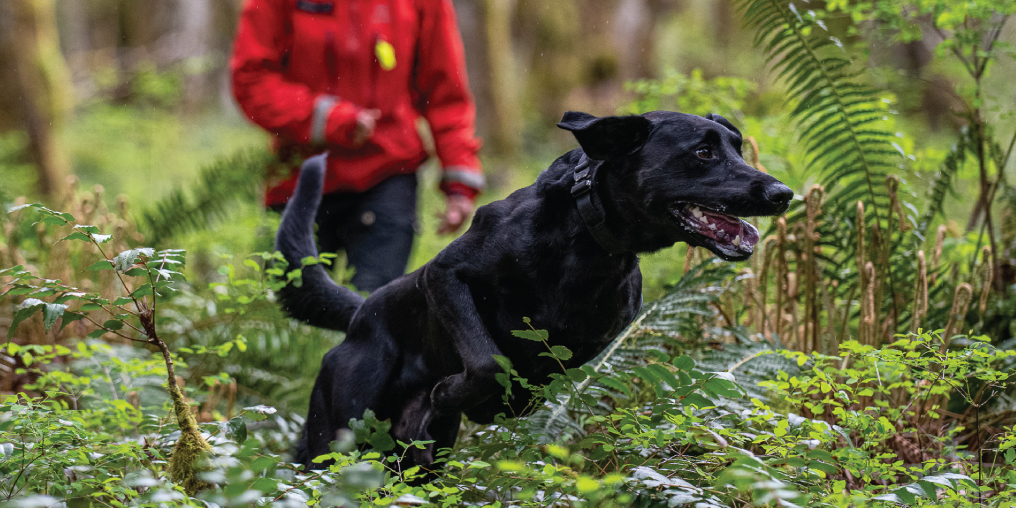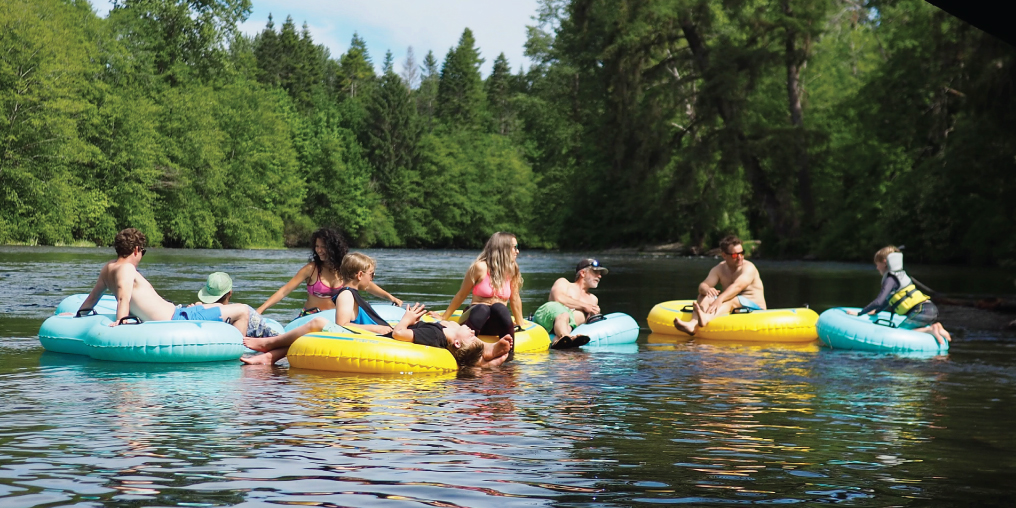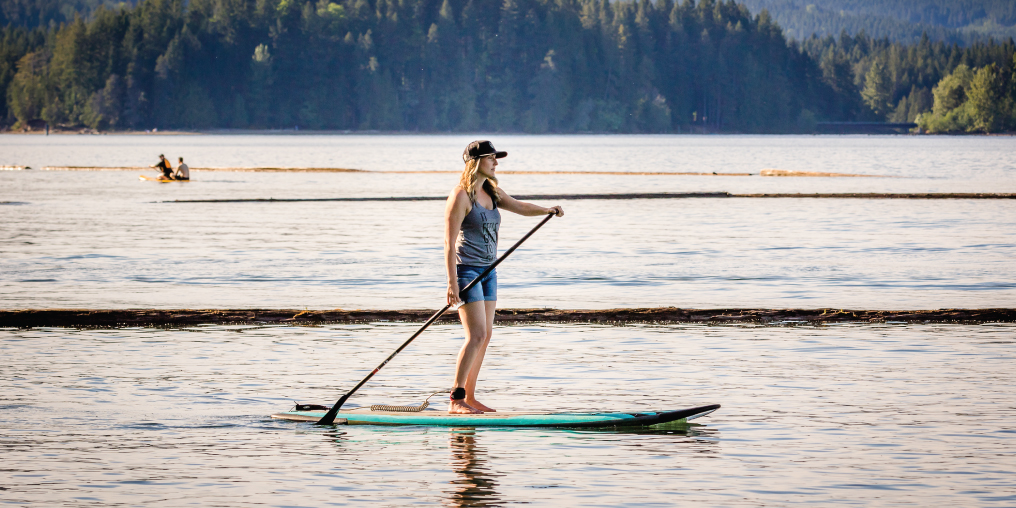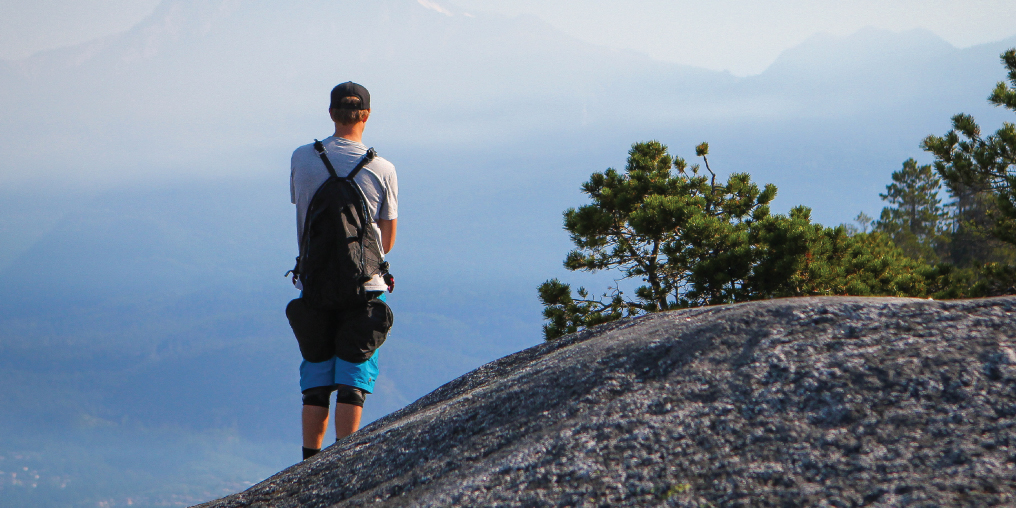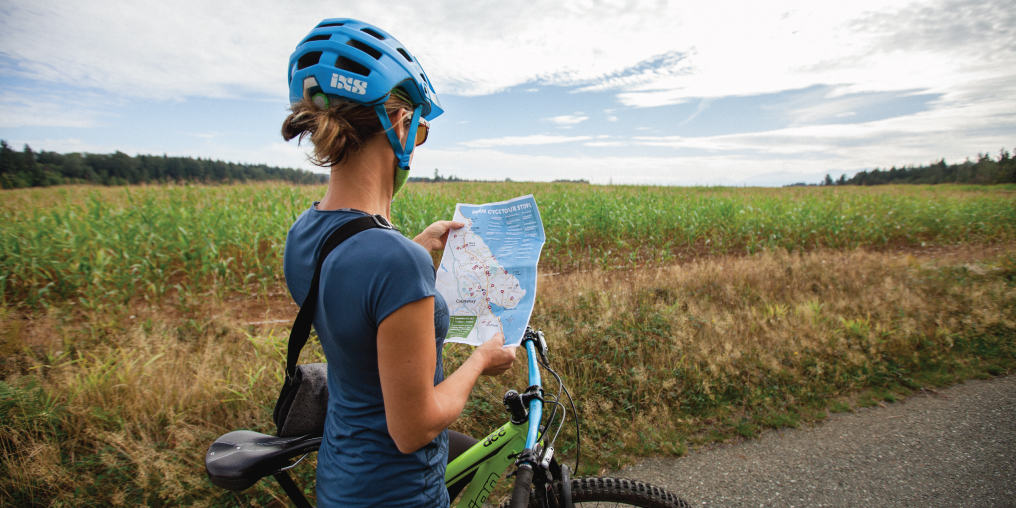“Okay, so you’re now half way,” says our examiner, an RCMP dog handler from Nanaimo. Then he cracks a smile. “Just kidding. That was beautiful. Well done.”
Rudy and I have just passed our first Wilderness validation. This means that we’ve met the RCMP Civilian Ground Search and Rescue Canine Standard for the first time—and we will need to recertify every year.
My adventures with Rudy started three years ago with a trip to pick up an eight-week-old black Labrador puppy.
At Eromit Acres in Quesnel, British Columbia, Erin Lynes breeds performance Labrador retrievers that excel at careers in Search and Rescue (SAR), avalanche, scent detection, and hunting, as well as competitive sports like dock diving, agility, and obedience. These dogs are known for their intelligence, stamina, high drive to work, and affiliation for people, which makes them ideal for someone looking to raise a SAR dog.
After wanting to train a Search and Rescue dog for years, I had been corresponding with Erin for many months before she told me she had chosen a male puppy for me. He was the biggest of his litter, both in size and personality, and she knew he had the makings of an excellent SAR dog.
There are between 15 and 20 validated SAR dogs in BC at any one time. Many are Labrador retrievers like Rudy, but there are also other working breeds like German shepherds and Malinois. Each dog and its handler form a highly efficient team. Dogs can work effectively in any weather, day or night, and they can cover huge areas quickly due to their incredible sense of smell and athleticism.
Imagine the scenario of a lost hiker who has taken shelter in thick cover but is now hypothermic and unable to respond. A search person could potentially walk right past them, but a dog would smell them from many tens of metres away. This makes dogs a huge asset to any Search and Rescue team.
SAR canine teams are called on by the RCMP to help find lost or missing people: an overdue mushroom picker, a child who has wandered away from a campsite, a missing senior with dementia.
Humans give off “skin rafts” by the thousands every minute. (Picture lots of tiny little cornflakes, made up of skin cells, as well as body care products, bacteria, and sweat, shedding off you.) As you walk, you leave a trail of these rafts, which are carried by air currents, then fall on vegetation or to the ground, moving like smoke from a campfire or a puff from a talcum powder bottle. They’re undetectable to us, but very obvious to a dog. The dog’s chances of detecting a missing person’s rafts depend heavily on air movement, so the handler’s job is to cover the search area systematically, using the wind to the dog’s advantage. It’s very much a team effort: the human brings the brains and strategy, and the dog brings the nose and speed.
It takes a huge amount of time and effort, as well as a considerable financial investment, to raise a Search and Rescue dog successfully and earn that validation.
You must first be a member of your local SAR team. Ideally, you will mentor with another handler to gain an accurate understanding of what is involved before you commit to a puppy.
Once you bring your puppy home, you’ll have to train multiple times each week, setting up and practicing searches and conducting regular obedience sessions. You’ll travel to regional training camps twice yearly. You’ll need to keep your high-energy young dog physically and mentally exercised (and well socialized) and polish your own leadership, navigation, and fitness skills.
You’ll have to cover vet bills, equipment costs, dog food, and a large gas bill for all the required driving, and you need to have a suitable vehicle. There will almost certainly be struggle, frustration, and challenge along the way, so patience and persistence are essential. You’ll spend many hours out alone, in all weathers, away from friends and family, on top of the time you already volunteer for regular SAR team training and callouts.
You’ll receive no remuneration for any of this, so you really must love spending time outside with your dog.
SAR dogs are handler owned, trained, and operated, and the process starts as soon as the puppy comes home at eight weeks. It doesn’t look like much to begin with, but putting the right foundations in place at a young age is critical. The handler is building a love for play, a communication system to facilitate all the learning, the right socialization (people, dogs, wildlife, noises, surfaces, etc.), and more.
Some of the early training involves a person called a “quarry” excitedly running off into the bush to hide with the puppy’s favourite toy. The puppy learns to use its nose to find the quarry in order to get its toy.
As the dog gets older, the drill expands. At first, the search periods last longer and longer. Then the search begins to include articles of clothing and other common items a person might lose. But essentially it is all a big game to the dog: it’s just hide-and-seek, with a big play reward of tug at the end.
Clearly, good SAR dogs are typically very motivated by hunting, chasing, and playing, and will do so for hours on end. This means they don’t always make for great pets due to the large amounts of physical exercise and mental stimulation needed to keep them out of trouble.
Luckily, Rudy has a good “off switch.” When training or working, he is very intense, but at home he will happily sleep or cuddle on the couch, and he likes going for hikes, swims, and camping trips like any other pet dog.
Even though Rudy and I are validated, we maintain regular training to make sure that we are always ready for the next leg of our journey: to search for a real missing person. We join two other teams here in the Comox Valley, Chris Smith with Axl and Frank Brunt with Shack (both dogs are golden retrievers). Along with our SAR teammates, we are always on standby and ready to help.
This adventure has been everything that I hoped for—plus a whole lot more than I ever imagined. There have been many highs and lows along the way. It’s certainly not been easy, but nothing worth doing ever is, and I get to share it all with my furry, four-legged best friend.
Janna and Rudy are members of Comox Valley Search and Rescue and the BC Search Dog Association. Janna owns The Little Black Doggy, a Cumberland-based dog walking and training business. CVSAR is one of the busiest teams in the province, is entirely run by volunteers, and is currently fundraising to secure a permanent home in the Valley. The Roofs for Rescuers campaign can be found here.

